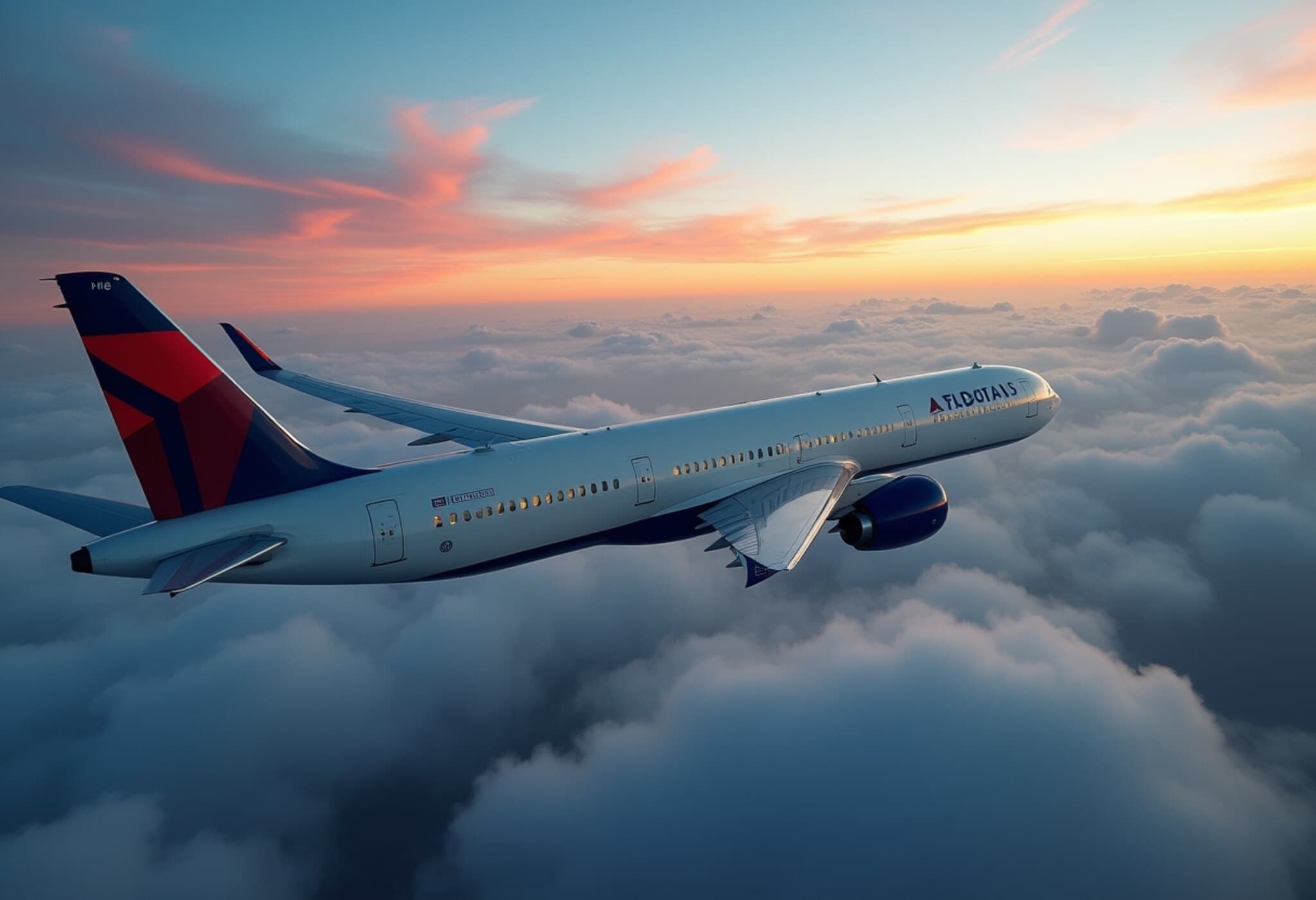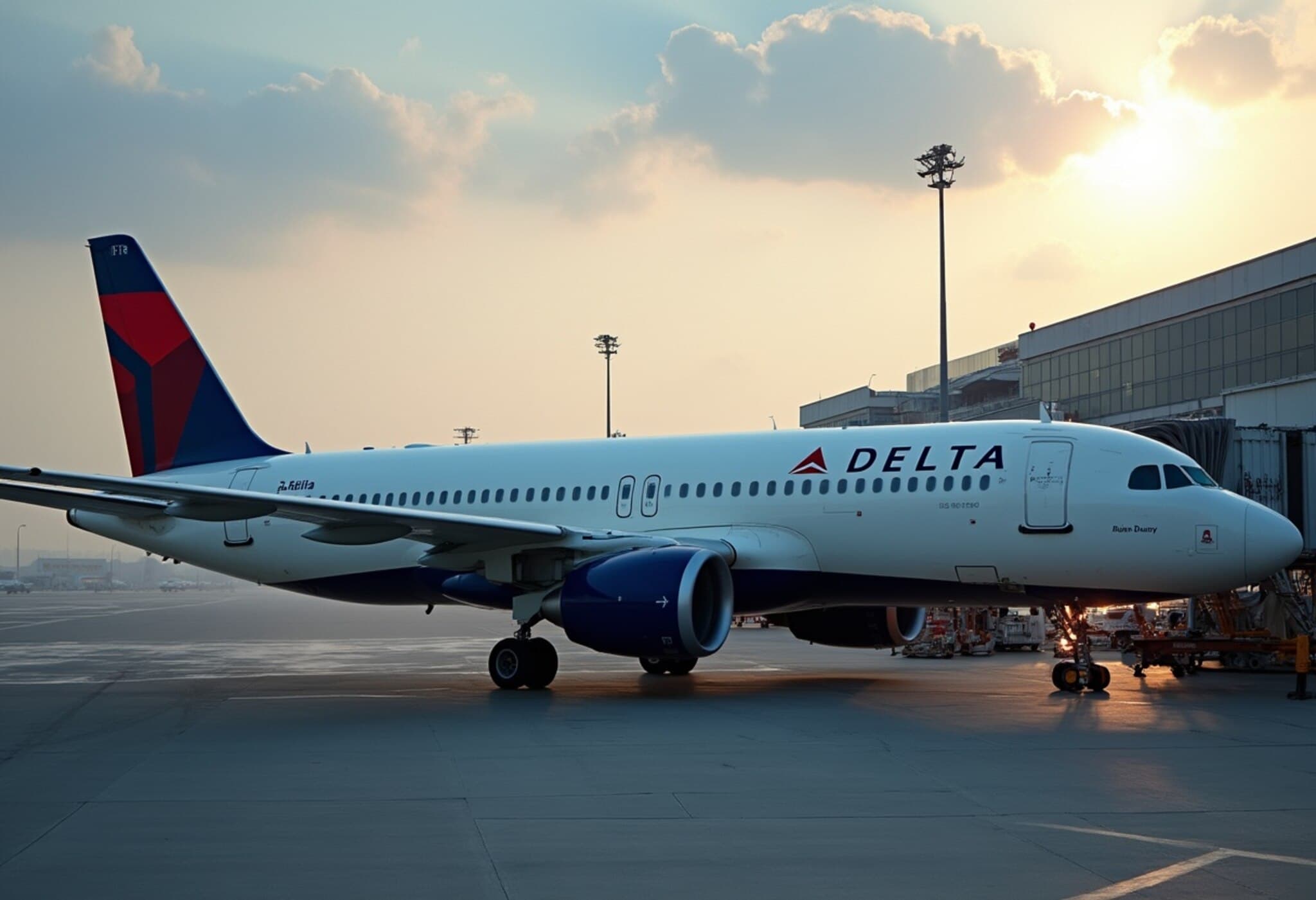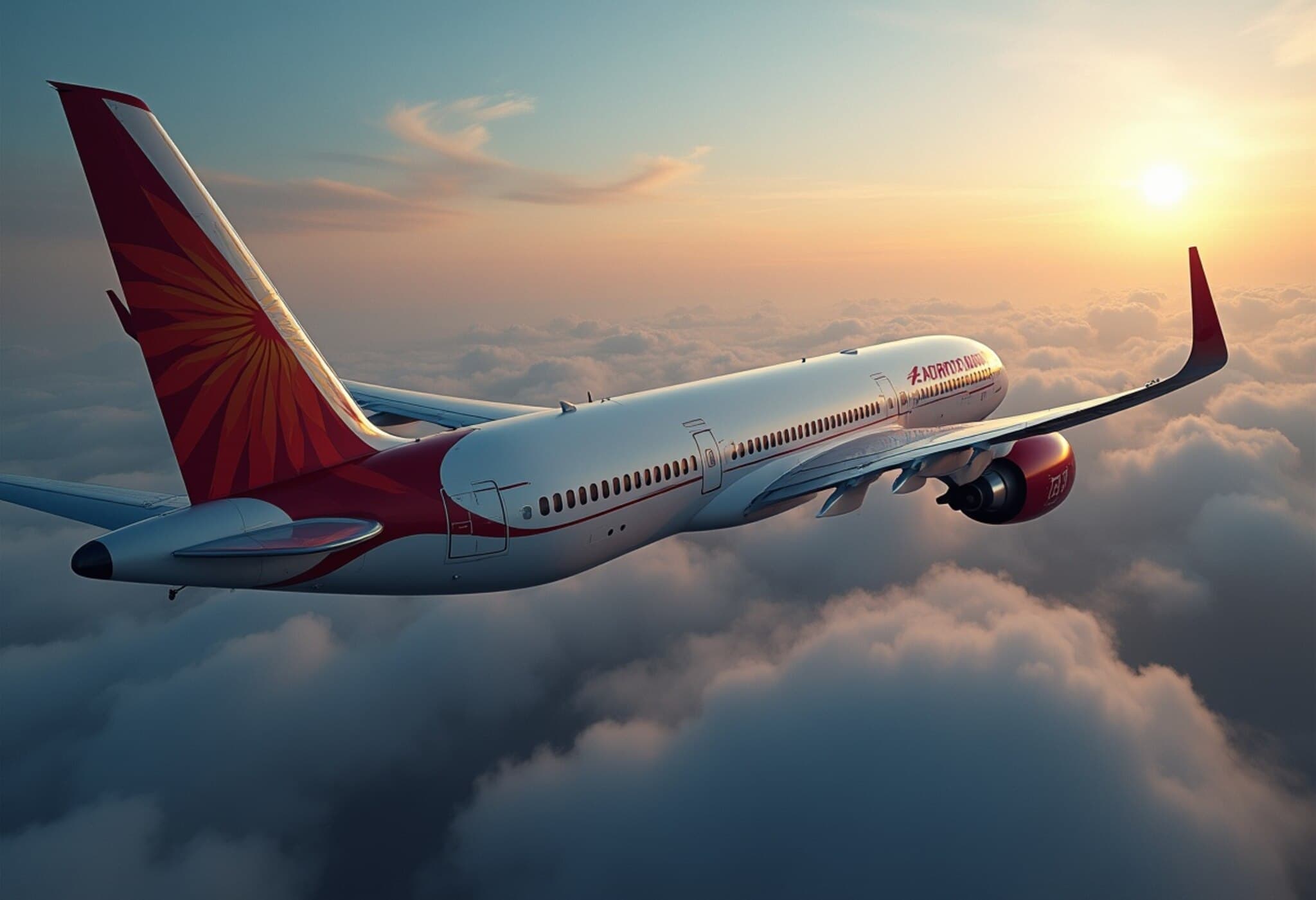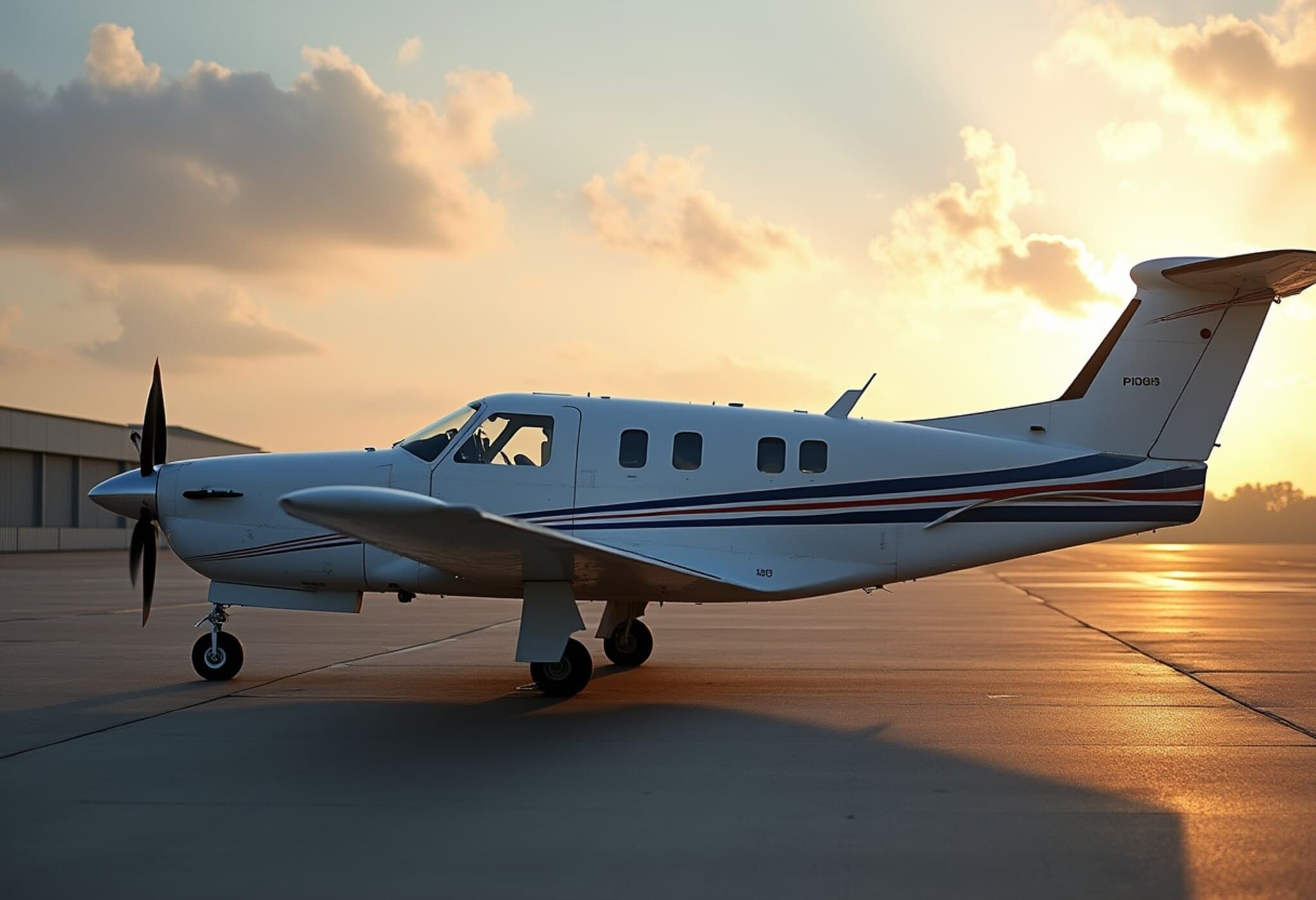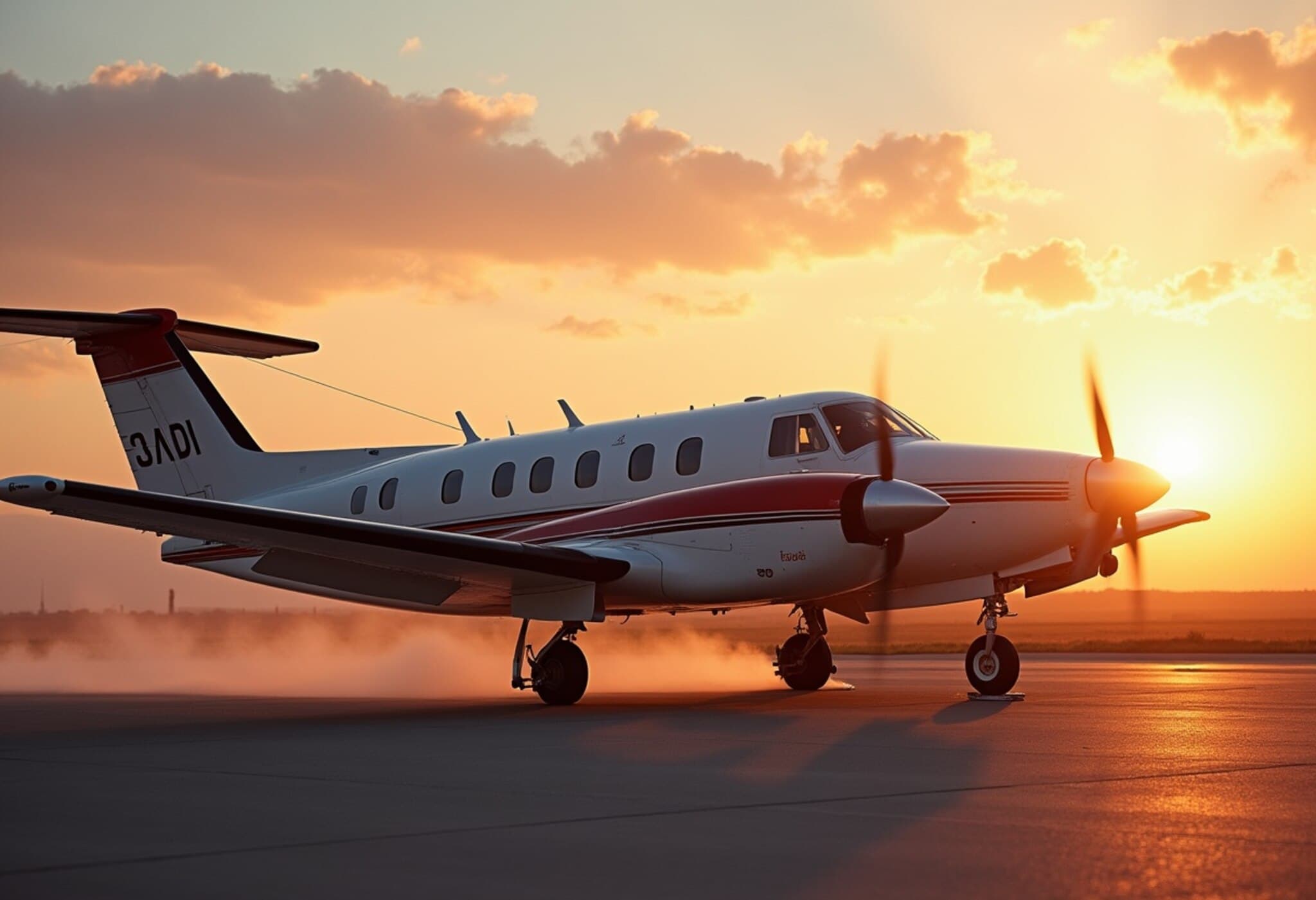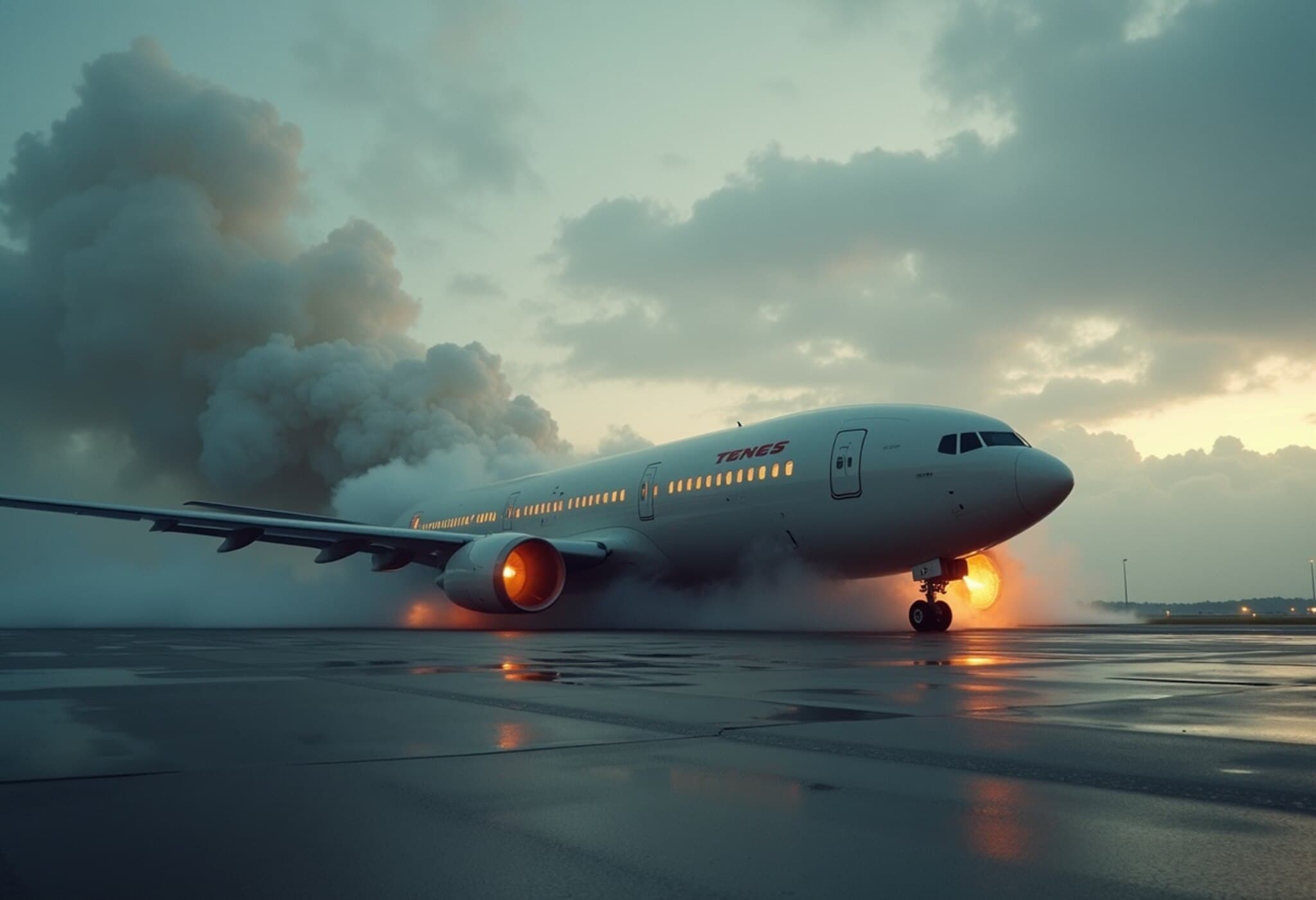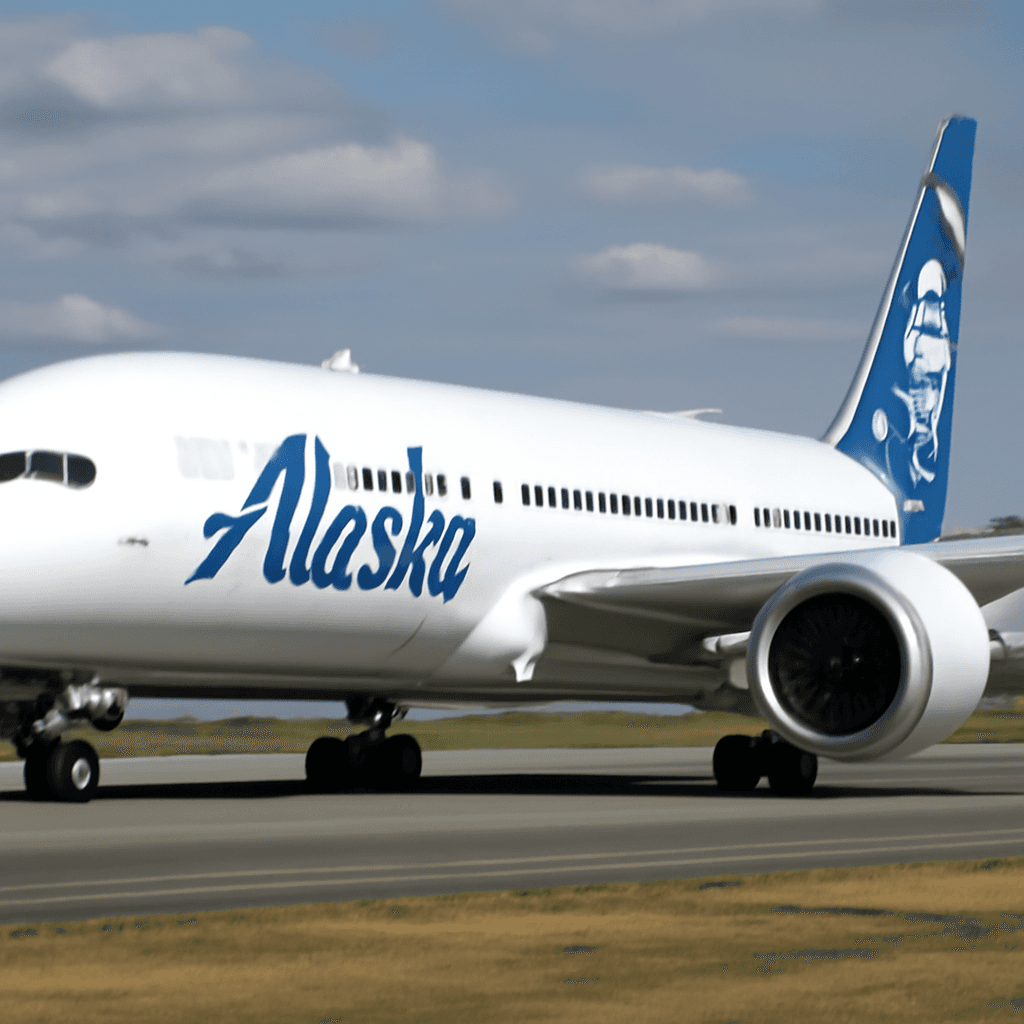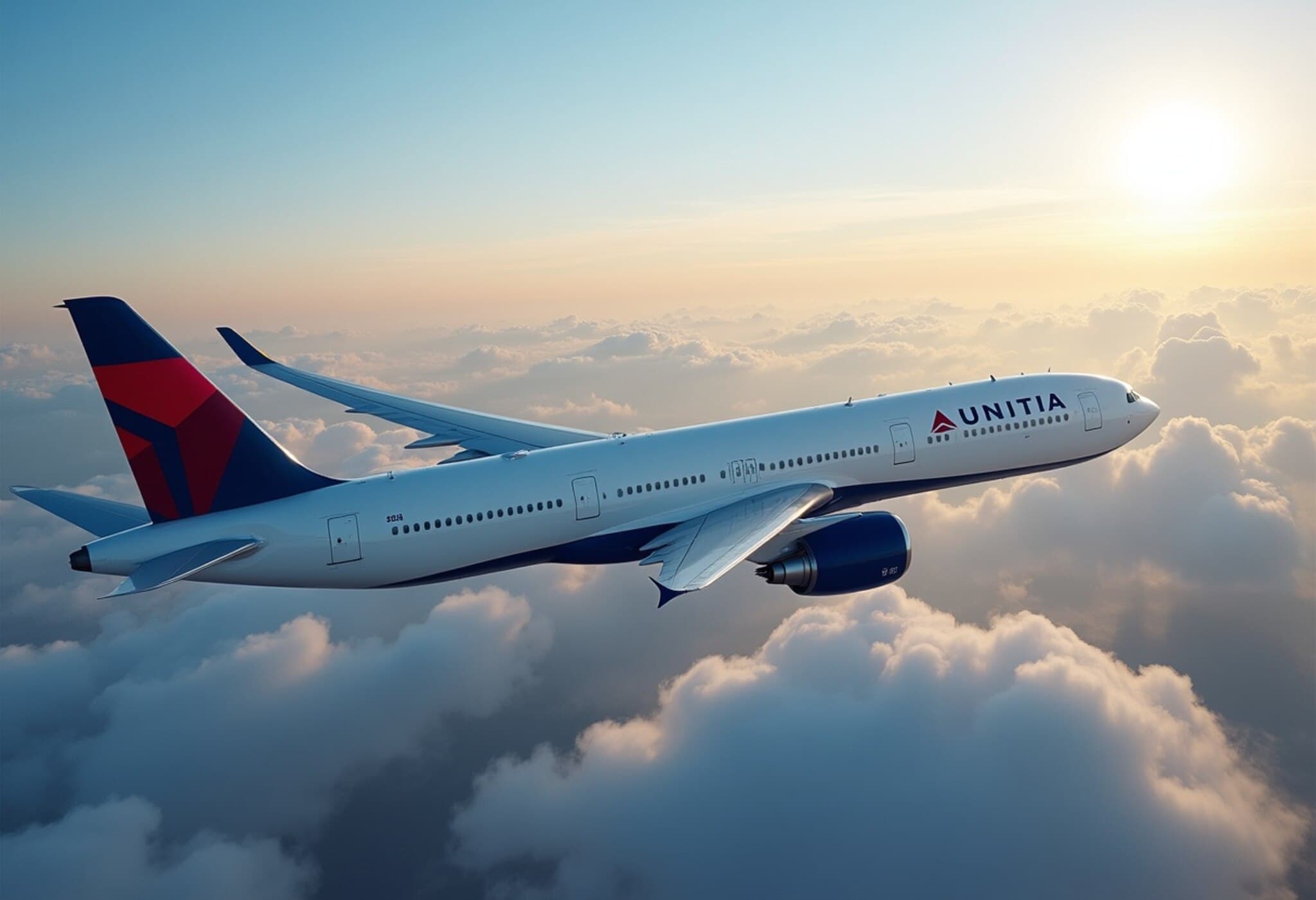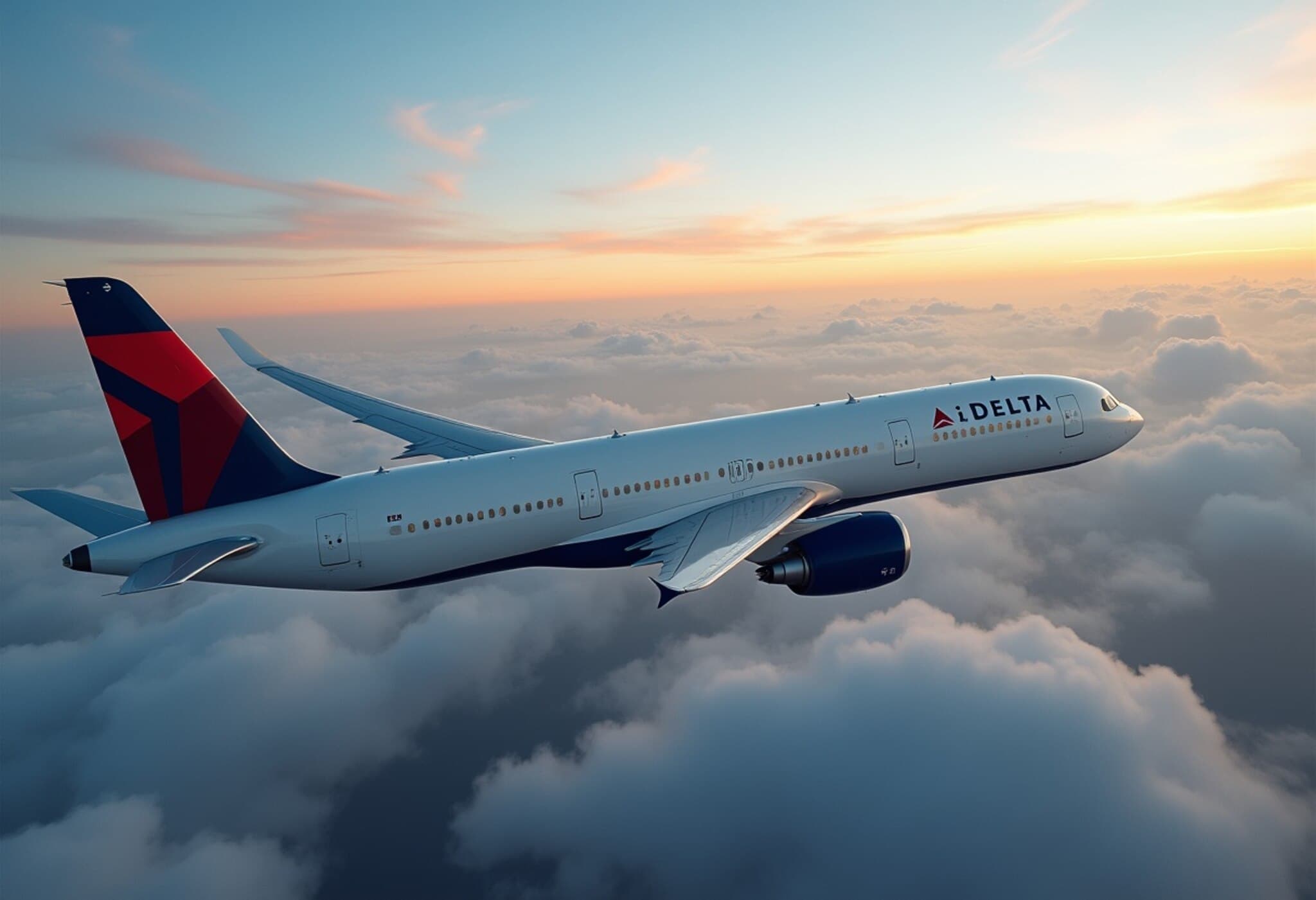Delta Flight DL56 Diverted Amid Severe Turbulence Incident
On Wednesday, a Delta Air Lines flight en route from Salt Lake City, Utah, to Amsterdam faced a harrowing mid-air event that led to the plane being diverted to Minneapolis-Saint Paul International Airport. The A330-900 aircraft carrying 275 passengers and 13 crew members encountered intense turbulence shortly after reaching cruising altitude, prompting precautionary measures to ensure passenger safety.
Timeline and Impact of the Turbulence
According to flight tracking data from Flightradar24, the plane reached approximately 37,000 feet before entering an area of significant turbulence. The aircraft briefly climbed to 38,000 feet, then descended just below 35,800 feet, before stabilizing back at 37,000 feet. This sudden altitude variation underscores the unpredictable nature of atmospheric conditions even during routine transatlantic flights.
Passenger and Crew Injuries
Delta’s official statement confirmed that twenty-five passengers sustained injuries requiring hospital evaluation. While the airline provided limited details about the nature or severity of the injuries, it emphasized that medical personnel promptly assessed everyone onboard following the safe landing in Minneapolis.
The Human Angle: Turbulence Trauma and Aviation Safety
Turbulence-related injuries often occur when passengers or crew members are not seated or are caught off-guard. This incident reflects a broader safety challenge airlines face as climate change contributes to more severe and unpredictable turbulent air pockets worldwide. Experts argue that even with today's advanced weather detection technologies, mid-flight turbulence remains a significant risk.
Expert Insight: What This Means for Air Travelers
Transportation safety analyst Dr. Karen Mitchell notes, "This event illustrates the ongoing need for passengers to heed seatbelt signs at all times, even when the skies appear clear. Airlines must continue investing in predictive technologies to enhance turbulence forecasting, but passengers’ vigilance is a vital defense."
Regulatory and Industry Context
In the United States, the Federal Aviation Administration (FAA) monitors turbulence incidents closely. Following previous spikes in turbulence-related injuries, the FAA has urged carriers to improve in-flight communication and bolster pilot training for rapid altitude adjustments when unexpected turbulence occurs.
Looking Ahead
- Delta Air Lines will likely review this incident to refine its turbulence response protocols.
- Passengers traveling on long-haul flights are encouraged to remain buckled in whenever seated.
- Authorities continue to emphasize ongoing research into climate impacts on aviation safety.
Conclusion
While incidents like the Delta DL56 turbulence event are relatively rare, their repercussions on passenger health and perception of air travel safety are significant. As we witness the atmosphere’s growing volatility, combined industry and passenger vigilance will be crucial in preventing serious injuries and preserving confidence in global air travel.
Editor’s Note
This unsettling episode of severe turbulence aboard Delta Flight DL56 serves as a stark reminder of the dynamic challenges faced by commercial aviation amid evolving atmospheric patterns. It prompts critical reflection on how climate variability, passenger preparedness, and airline safety protocols intersect. Are current turbulence prediction technologies and regulatory measures sufficient for the near future? How can airlines better support passengers during unexpected in-flight turbulence? These questions warrant ongoing attention as air travel continues to be an indispensable global connector.

